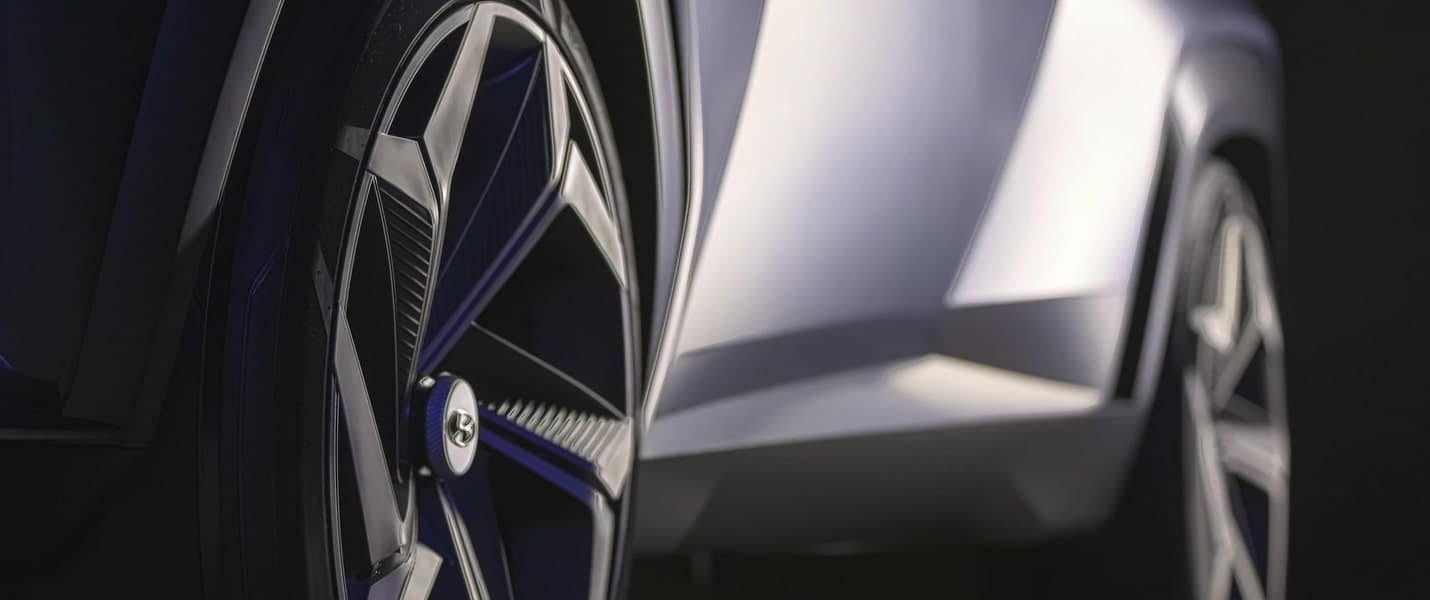
From Materials to Color Matching: The Complete Decision-Making Handbook for Custom Wheels
Custom wheels can transform the look and performance of your vehicle, but choosing the right ones involves multiple factors—from materials and finishes to fitment and color coordination. This guide will walk you through every step of the decision-making process.

1. Choosing the Right Wheel Material
The material of your wheels affects durability, weight, and aesthetics.
A. Alloy Wheels
- Aluminum Alloy: Lightweight, good heat dissipation, and corrosion-resistant.
- Best for: Performance cars, daily drivers.
- Magnesium Alloy (Forged): Extremely lightweight but expensive.
- Best for: Racing, high-performance builds.
B. Steel Wheels
- Heavy but durable and affordable.
- Best for: Off-road vehicles, winter wheels.
C. Carbon Fiber Wheels
- Ultra-lightweight and strong, but very expensive.
- Best for: Supercars, high-end performance builds.
2. Wheel Finishes & Coatings
The finish affects both looks and longevity.
A. Painted Wheels
- Custom colors available but prone to chips.
- Best for: Unique styling.
B. Powder-Coated Wheels
- Durable, scratch-resistant, and available in many colors.
- Best for: Long-term durability.
C. Chrome Plating
- High shine but requires maintenance to prevent corrosion.
- Best for: Show cars, classic builds.
D. Matte/Satin Black
- Modern, stealthy look, hides brake dust well.
- Best for: Aggressive or luxury styling.
E. Machined & Two-Tone Finishes
- Combines polished and painted sections for contrast.
- Best for: Sporty, high-end aesthetics.
3. Wheel Size & Fitment
Choosing the right size ensures performance and avoids rubbing.
A. Diameter (e.g., 18″, 20″)
- Larger wheels improve aesthetics but may reduce ride comfort.
- Smaller wheels offer better ride quality.
B. Width & Offset
- Wider wheels provide better grip but may require fender modifications.
- Offset determines how far the wheel sits in/out from the hub.
C. Bolt Pattern & Center Bore
- Must match your vehicle’s specifications for proper fitment.
4. Color Matching & Styling Tips
Your wheel color should complement your car’s paint and overall theme.
A. Monochromatic Look
- Match wheels to the car’s paint (e.g., black wheels on a black car).
- Effect: Sleek, understated elegance.
B. Contrasting Colors
- Dark wheels on a light car (or vice versa).
- Effect: Bold, aggressive styling.
C. Accent Colors
- Use wheel color to match brake calipers, trim, or decals.
- Effect: Cohesive, high-end customization.
D. Brushed & Metallic Finishes
- Silver, gunmetal, or bronze for a premium look.
- Effect: Luxury or sporty appeal.
5. Maintenance & Longevity
- Clean regularly to prevent brake dust buildup.
- Avoid harsh chemicals that can damage finishes.
- Check for cracks/bends if driving on rough roads.



Final Decision Checklist
✅ Material (Alloy, Steel, Carbon Fiber)
✅ Finish (Painted, Powder-Coated, Chrome, Matte)
✅ Size & Fitment (Diameter, Width, Offset)
✅ Color Coordination (Matching or Contrasting)
✅ Budget & Maintenance Considerations
By following this guide, you’ll make an informed choice that enhances both performance and style. Happy customizing! 🚗







